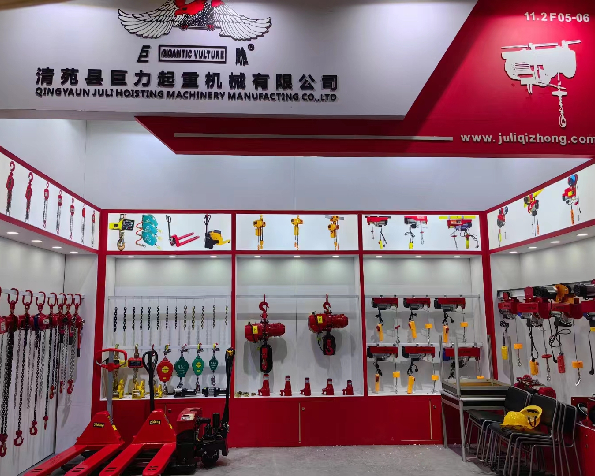


Understanding Crane Weighing Importance and Techniques
Crane weighing is a critical procedure in various industrial sectors, including construction, shipping, and manufacturing. This practice involves determining the weight of loads being lifted by cranes to ensure safety, efficiency, and compliance with regulations. Given the scale and complexity of operations involving cranes, accurate weighing is paramount.
One of the primary reasons for crane weighing is safety. Cranes have specified load limits, and exceeding these limits can lead to catastrophic failures, resulting in equipment damage, injuries, and even fatalities. By accurately weighing loads, operators can prevent overloading, ensuring that they remain within safe working limits. This is particularly vital in heavy-lift operations where the consequences of mistakes can be severe.
There are several methods employed for crane weighing, each with its advantages and specific applications. One common technique is the use of load cells. These electronic devices measure the force exerted on them, translating this measurement into weight. Load cells can be integrated into the crane's rigging system, providing real-time data on the weight of the load being lifted. This method is favored for its accuracy and ease of use, enabling crane operators to make instant assessments.

Another approach to crane weighing is through the use of dynamometers. A dynamometer measures the tension in the rigging line, allowing operators to calculate the load weight. These devices can be portable, making them suitable for situations where the load is not fixed or where permanent equipment cannot be installed. Like load cells, dynamometers offer a reliable way to ensure that lifting operations adhere to safety regulations.
In addition to technological methods, manual weighing techniques can also be employed, although they are less common in modern operations. For instance, some companies may use scales to weigh smaller loads before lifting them with a crane. While this method might be more labor-intensive, it can provide a quick reference for operators in environments where high-tech weighing systems are not feasible.
Compliance with industry regulations and standards is another important aspect of crane weighing. Many jurisdictions enforce specific rules governing the safe lifting of loads, necessitating accurate weighing practices. Operators must be familiar with these guidelines to avoid legal repercussions and maintain operational credibility.
In conclusion, crane weighing is an essential practice in ensuring the safety and efficiency of lifting operations. Through advanced technologies like load cells and dynamometers, as well as traditional weighing methods, companies can manage their lifting activities effectively. By adhering to safety regulations and prioritizing accurate load assessments, businesses can mitigate risks and foster a safe working environment for all personnel involved. As industries continue to evolve, the importance of accurate crane weighing remains a cornerstone of operational integrity and safety.



